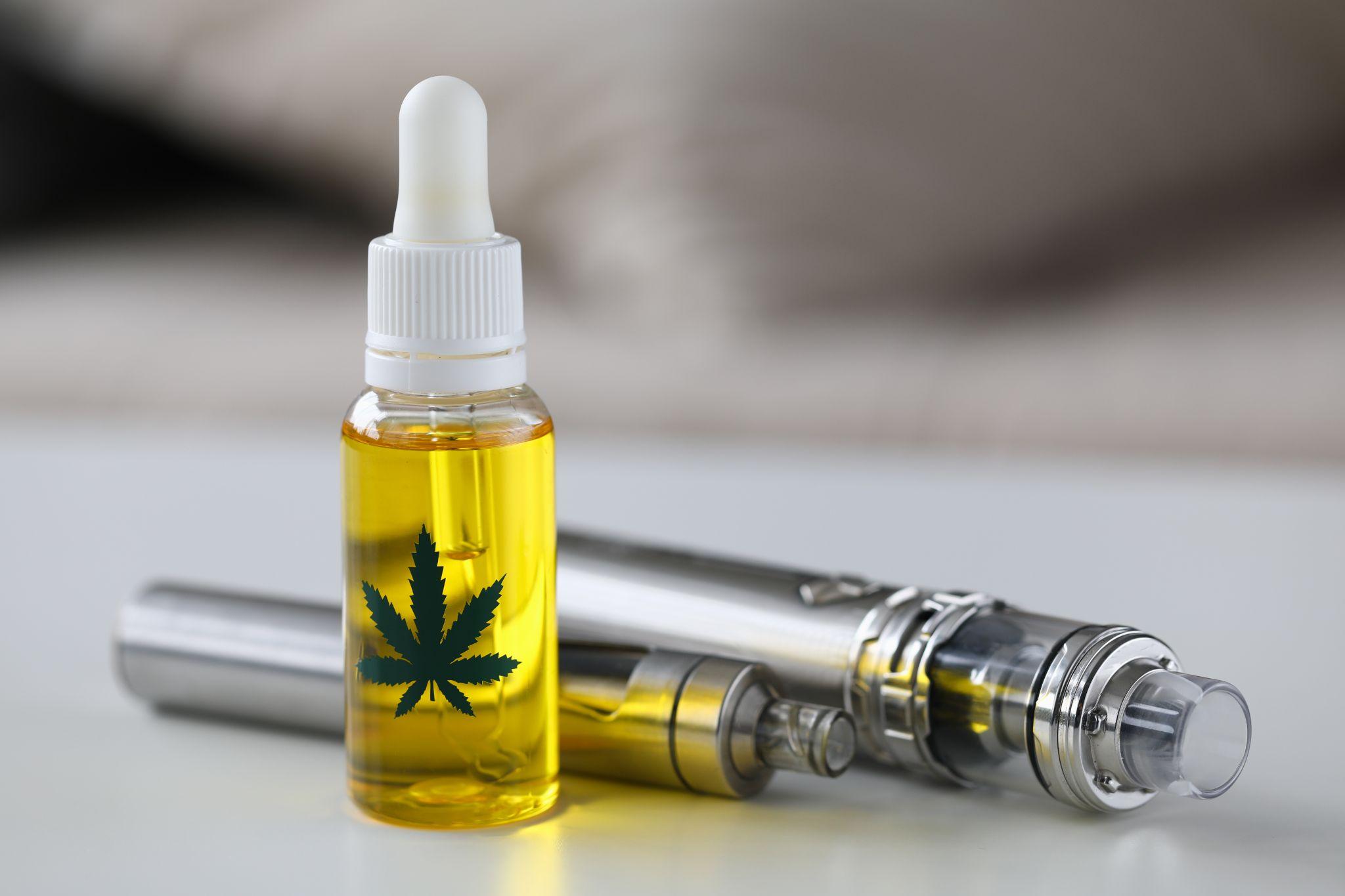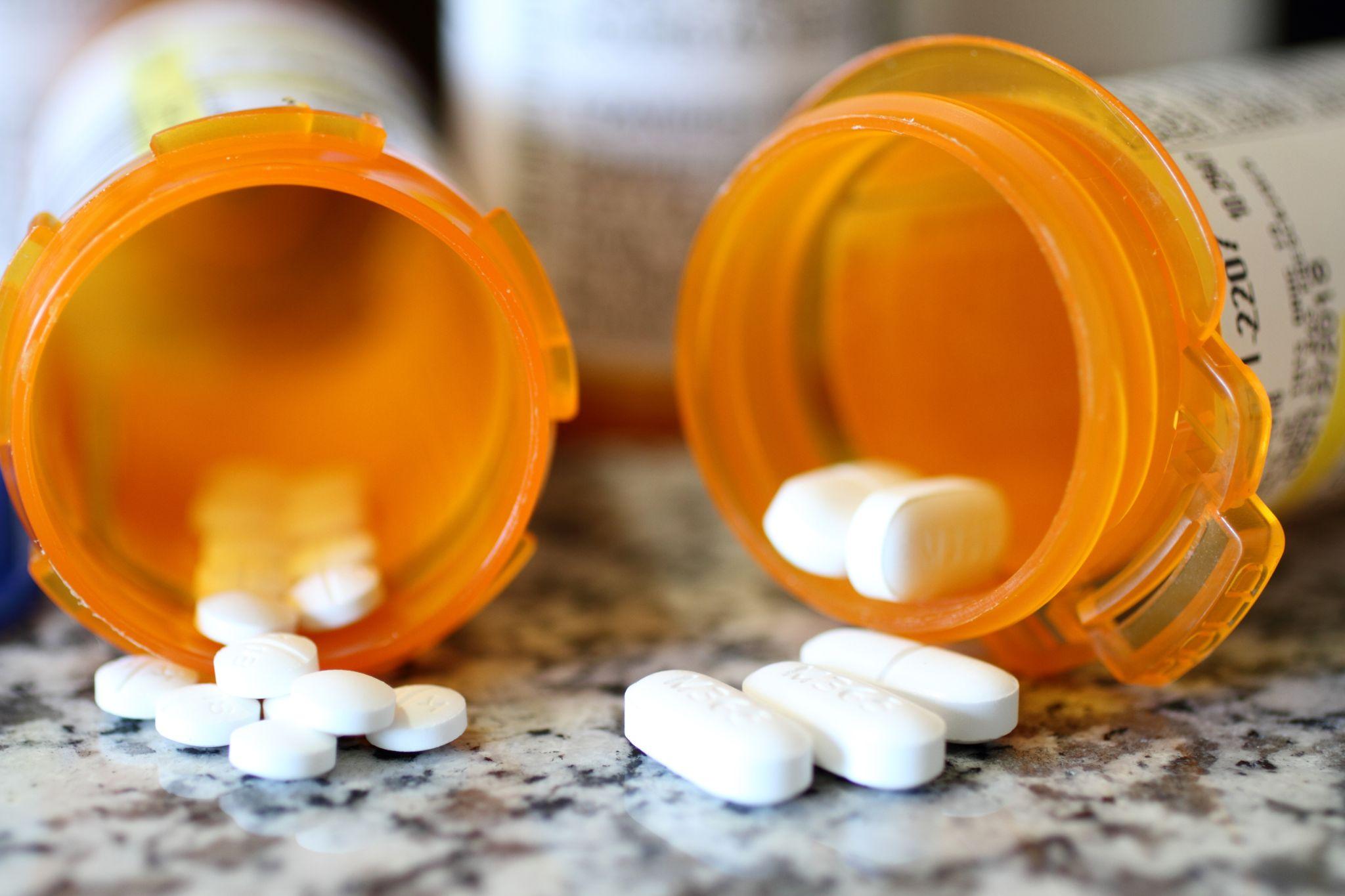As drug markets continue to evolve, new and emerging drugs are becoming more prevalent, posing serious risks to public health. Many of these substances, often sold illegally or in convenience stores, are designed to mimic the effects of more familiar drugs, such as opioids, stimulants, and benzodiazepines.
Since 2013, more than 1,000 new and emerging drugs have been identified worldwide, making it crucial for concerned loved ones to stay informed. These drugs, often referred to as designer drugs or new psychoactive substances, are highly dangerous due to their unknown chemical composition and effects.1
Here’s a look at five of the most concerning emerging drugs, how they are abused, and the dangers they present.
1. Nitazenes (“Iso”)
Nitazenes are a class of synthetic opioids that reemerged in 2019 as a replacement for fentanyl. These drugs, which include isotonitazene and metonitazene, are often mixed with or sold as heroin, fentanyl, or counterfeit painkillers. Nitazenes are sometimes marketed as being stronger than fentanyl, a drug already responsible for numerous overdoses.1
Nitazenes are typically abused through injection, snorting, or ingestion. Users may intentionally take nitazenes for their opioid-like effects, but more often, they unknowingly consume them when these drugs are mixed with other opioids like heroin or fentanyl.
Nitazenes are highly potent and can cause respiratory depression, dangerously slow heart rates, and low blood pressure. Their strength makes them extremely dangerous, especially since many users are unaware they are taking them. Overdoses are common and can be fatal.1
2. Tianeptine (“Zaza” or “Tianaa”)
Tianeptine, an antidepressant used in some countries, is not approved in the U.S., but is gaining popularity as a supplement marketed under names like “Zaza” and “Tianaa.” While it is sold as a cognitive enhancer or nootropic, at high doses, tianeptine has opioid-like effects, making it attractive to individuals seeking a legal alternative to opioids.2
Tianeptine is typically abused by taking it in large doses, either in pill or powder form. People use tianeptine to achieve feelings of euphoria, sedation, and pain relief, similar to traditional opioids.2
When taken in high doses, tianeptine can cause both cardiovascular effects and liver and kidney damage. It is highly addictive, and users can develop a dependence on the drug, experiencing withdrawal symptoms similar to those of opioids. These symptoms can include severe cravings, nausea, and anxiety. Tianeptine’s wide availability and its opioid-like effects make it a serious risk, particularly for those seeking to self-medicate.2

3. Synthetic Cannabinoids (“K2” or “Spice”)
Synthetic cannabinoids, known as “K2” or “Spice,” are chemically engineered to copy THC, the active main ingredient in marijuana. However, these substances are far more potent and unpredictable. Often cheaper, synthetic cannabinoids are popular among those trying to avoid detection in drug tests.3
Synthetic cannabinoids are usually smoked or vaped, often as herbal blends or liquids. They are commonly sold in colorful packaging in gas stations and convenience stores, misleading users into thinking they are safe.
These drugs contain compounds that bind to cannabinoid receptors with much greater intensity, leading to more severe adverse effects. Users can experience extreme agitation, paranoia, anxiety, and hallucinations, along with physical issues like rapid heart rate, high blood pressure, chest pain, muscle twitches, and even acute kidney failure.4
4. Synthetic Cathinones (“Bath Salts”)
Synthetic cathinones, commonly referred to as “bath salts,” are powerful stimulants chemically related to the active compounds in the khat plant. These substances have gained popularity as a cheaper alternative to other stimulants, such as cocaine or methamphetamine.
Synthetic cathinones are typically ingested, snorted, or injected. Users seek intense stimulation and euphoria, similar to that of other stimulants. However, many people unknowingly consume synthetic cathinones when they are mixed with drugs like MDMA or cocaine, increasing the risk of overdose.5
Bath salts can cause severe agitation, paranoia, hallucinations, and violent behavior, often leading to dangerous situations where users harm themselves or others. Physical effects include rapid heart rate, elevated blood pressure, and seizures.5
Long-term use can lead to lasting psychological damage and permanent changes to brain chemistry. These substances are also highly addictive, making it difficult for users to stop without professional help. Overdoses are common and often require immediate medical intervention.5
5. Synthetic Benzodiazepines
Synthetic benzodiazepines are chemically altered versions of prescription medications like Xanax and Valium. These drugs are produced illegally and sold as counterfeit pills, often online or by street dealers. They are commonly mixed with opioids or sold to individuals seeking anti-anxiety medication without a prescription.6
Synthetic benzodiazepines are typically consumed either in pill form or injected. People use these drugs for their calming, sedative effects, but because they are often sold as counterfeit versions of prescription medications, users are often unaware of their true strength.6
Synthetic benzodiazepines are highly dangerous due to their unpredictability. When taken in high doses or mixed with other depressants, they can cause over-sedation, coma, or death. The drugs are also highly addictive, leading to physical dependence and dangerous withdrawal symptoms, such as seizures and hallucinations.6
The widespread availability of counterfeit pills containing synthetic benzodiazepines has contributed to an increase in overdose deaths, making them a significant danger in today’s drug market.
Help Your Loved One Get Addiction Treatment at Lumina Recovery
Staying informed about emerging drug trends is essential for protecting your loved ones. New street drugs like nitazenes, tianeptine, and synthetic cannabinoids are becoming increasingly common and pose significant health risks. By understanding these new drug trends, you can better support and protect your loved ones from their potentially life-threatening consequences.
If you suspect your loved one is using any of these emerging drugs, it’s crucial to seek professional help immediately. Lumina Recovery offers specialized drug addiction programs tailored to help individuals recover from opioids, prescription drugs, and other substance abuse challenges.
Contact Lumina Recovery to get the support you need to navigate these challenging times and help your loved one overcome addiction.
Sources:


